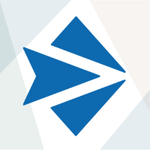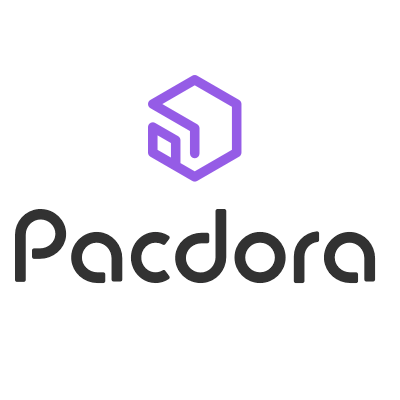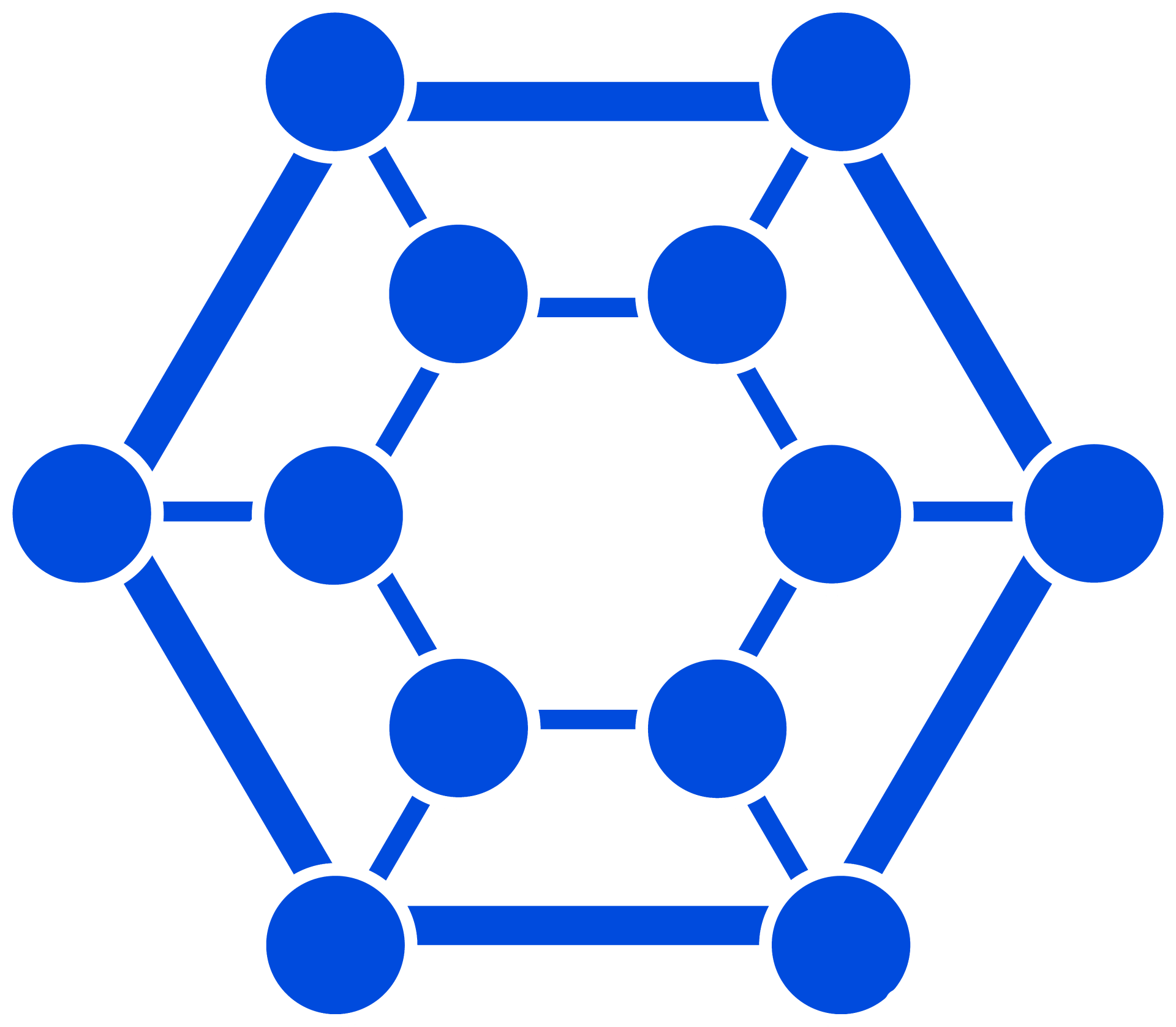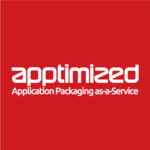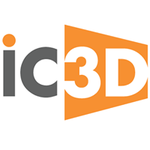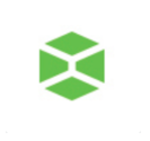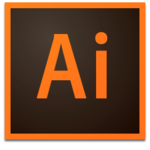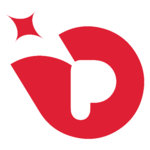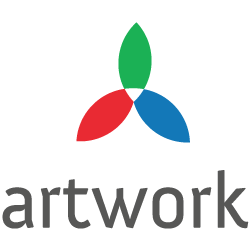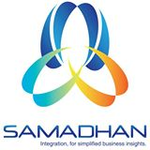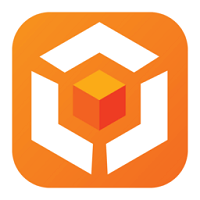What Is Packaging Software?
Packaging software is a strong tool that streamlines and improves the packaging process for organizations of all sizes. This program offers a single platform for developing and managing packaging designs, automating packaging procedures, and assuring uniformity and accuracy throughout the packaging manufacturing cycle. Businesses can enhance efficiency, cut expenses, and boost overall production by using packaging software.
The software includes a variety of features such as customizable templates, powerful design tools, collaboration capabilities, and connectivity with other corporate systems. These characteristics make it easier to design and manage high-quality packaging that is consistent with a brand's image and marketing objectives. In addition to design and collaboration features, packaging software includes tools for managing packaging material production.
This includes functions including inventory management, vendor management, and order tracking. These solutions assist firms in ensuring that the correct materials are available at the appropriate moment, lowering the risk of packing delays or errors. Packaging software also has built-in quality control techniques to verify that all packaging materials comply with industry regulations and standards.
This is especially crucial for companies working in regulated industries like medicines and food and beverage. Furthermore, packaging software provides powerful analytics and reporting capabilities, allowing organizations to monitor performance metrics and make data-driven decisions to continuously enhance their packaging processes. Packaging software is a significant investment for any organization trying to optimize and streamline its packaging operations, whether it is small or large.
Packaging software, with its comprehensive capabilities and user-friendly design, is an essential tool for organizations looking to stay ahead in an increasingly competitive industry. Why settle for manual and time-consuming packaging methods when you can invest in a software solution that improves productivity, accuracy, and reduces costs? Consider using packaging software for your next packaging project and reap the benefits firsthand.
What Are The Recent Trends In Packaging Software?
Packaging software has evolved into a vital tool for modern enterprises. With the advent of e-commerce and an increasing desire for personalised and efficient packaging, businesses are turning to software solutions to optimize their packaging processes. As the industry evolves, buyers must keep up with the latest innovations in packaging software.
In this article, we'll look at the latest trends in packaging software and how they might help your organization.
1. Automation And AI Integration: One of the most significant advancements in packaging software is the incorporation of automation and artificial intelligence (AI) technologies. This enables the software to complete activities like packaging design, product labeling, and quality control more quickly and accurately. Businesses can save time and money by automating certain procedures, which also increases efficiency and reduces errors.
2. Sustainability: As people become increasingly concerned about the environment, the packaging sector is moving toward more sustainable solutions. As a result, several packaging software companies are adding capabilities that assist firms in reducing waste and selecting environmentally friendly packaging materials. This not only benefits the environment, but it also helps businesses establish a great brand image.
3. Customization: Another development in packaging software is the increasing desire for personalized packaging. With the development of e-commerce, businesses are seeking for new methods to differentiate their products and provide a unique unpacking experience to their customers. Packaging software enables businesses to design and manufacture specialized packaging faster and more cost-effectively than previous techniques.
4. Real-Time Tracking And Analytics: Data and analytics are becoming important for businesses across all industries. Packaging software providers now offer tools that enable businesses to track and analyze their packaging processes in real time. This enables organizations to identify areas for development and make data-driven decisions to optimise their packaging operations.
5. Cloud-Based Solutions: Cloud computing has transformed how organizations store and access their data. This trend has also influenced packaging software, with numerous vendors providing cloud-based solutions. These solutions enable firms to use their packaging software from any location, at any time, boosting team flexibility and collaborative efforts.
Benefits Of Using Packaging Software
Packaging software is a vital tool for firms looking to streamline their packaging procedures. It automates and streamlines a variety of packaging operations, including label creation and printing, decreasing manual labor and enhancing overall efficiency.
Here are some of the main advantages of using packaging software.
1. Improved Efficiency And Productivity: One of the most major benefits of employing packaging software is increased efficiency and productivity. Businesses can save time and dollars by automating a variety of packaging processes. This enables staff to concentrate on other important elements of the business, resulting in increased productivity and faster turnaround times.
2. Customized Packaging Design: Packaging software allows firms to develop customized packaging designs based on their individual requirements and preferences. It provides a variety of tools and templates for graphics, layouts, and designs, making it easy to create distinctive and eye-catching packaging. This function is extremely useful for businesses who wish to stand out in a competitive market and establish a strong brand image.
3. Cost Savings: Packaging software can considerably lower the expenses associated with manual packaging procedures. Manual work, printing, and supplies can all result in hefty costs for firms. Automation reduces these expenditures, resulting in significant long-term savings. Furthermore, packing software can assist reduce product waste by giving precise measurements and avoiding errors, resulting in even greater cost savings.
4. Improved Quality And Consistency: packing software enables accurate and consistent packing, guaranteeing that each product meets the same high quality standards. It eliminates the risk of human error and ensures that all products are packaged according to the same specifications, preserving brand image and customer satisfaction.
5. Compatibility And Integration: Most packaging software is compatible with a wide range of printing and labeling equipment, allowing for seamless integration into existing packaging processes. This interoperability decreases the learning curve and allows organizations to select the finest equipment for their needs and budget.
Important Factors To Consider While Purchasing Packaging Software?
When it comes to selecting packaging software, there are various variables to consider so that you can make an informed decision. Whether you're a small firm trying to expedite your packaging process or a major organization in need of extensive customization and automation, here are some key considerations when selecting packaging software.
1. Type Of Packaging: The first and most important consideration is the type of packaging required. Different software is created for various forms of packaging, such as boxes, bottles, cans, and pouches. Make sure you get software that is specifically matched to your packaging requirements.
2. Compatibility: Make sure that the software you choose is compatible with your existing packaging equipment and machinery. This will save you time, effort, and possible technical troubles in the long run.
3. Features And Functionality: Think about what the packaging software has to offer. Look for features that will make your packing process more efficient, such as automatic label printing, batch processing, and inventory management. Also, look for any additional features that can be relevant for your specific packaging needs.
4. User-Friendly Interface: A user-friendly interface is essential, especially if you have a team supervising the packaging process. Look for software with a straightforward and intuitive interface that your team can quickly learn and utilize.
5. Customization Options: Depending on your packaging needs, you may need to modify the labels, graphics, and layouts. Make sure the program you purchase has customization possibilities to fit your individual requirements.
6. Price: While price should not be the only deciding factor, it is critical to examine the cost of the software. Look for packaging software that provides the best value for your money.
7. Technical Support: It is critical to have access to technical support in the event of any problems or questions. Check if the software vendor provides 24-hour technical support and read reviews to ensure timely and dependable assistance.
8. Integration With Other Systems: If you already have systems or software in place, ensure that the packaging software integrates easily with them. This will assist streamline your processes and increase efficiency. When selecting packing software, consider these aspects to make an informed decision.
Take your time, conduct thorough research, and select the program that best meets your requirements and budget. The correct packaging software can help you enhance accuracy, efficiency, and profitability in your packaging process.
What Are The Key Features To Look For In Packaging Software?
When looking into packaging software for your business, there are a few crucial characteristics to consider.
Here are the key considerations to consider when evaluating packaging software for your requirements:
1. Capability To Handle Multiple Packaging Kinds: One of the most crucial characteristics to look for in packaging software is the capacity to manage a wide range of packaging types. This comprises boxes, bags, containers, and bottles. Look for software that includes a variety of pre-defined package options as well as the flexibility to generate bespoke packaging designs.
2. Design And Customization Capabilities: The software's ability to design and customize is another crucial factor to examine. This offers the ability to generate unique bespoke packaging designs, as well as to simply replace and modify current templates. This is critical for firms seeking to establish a strong, recognizable brand image through their packaging.
3. Tools Compatibility: Many organizations produce packaging designs using design tools such as Adobe Illustrator or Photoshop. Look for packaging software that is compatible with these tools, which will make it easy to transfer and edit designs between platforms.
4. Integration With E-commerce Platforms: Businesses that sell products online must integrate with e-commerce platforms. Look for packaging software that works flawlessly with your chosen platform, allowing for more efficient order processing and packaging design.
5. Automation And Efficiency Tools: Because time is money, it is critical to select packaging software that offers automation and efficiency features. Batch printing, barcode scanning, and auto-population of shipping labels are examples of ways to save time and reduce errors throughout the packaging process.
6. Inventory Management: For firms with a diverse range of packaging and product kinds, inventory management is an important function to look for in packaging software. This provides for proper tracking of packaging supplies, ensuring that you never run out or have too much inventory.
7. Reporting And Analysis: To successfully track and analyze your packaging efforts, search for software with reporting and analytics capabilities. This gives you access to statistics like packaging costs, order volumes, and return rates, allowing you to enhance your packaging strategy and increase efficiency.
Why Do Businesses Need Packaging Software?
Businesses require packaging software for a variety of reasons. First and foremost, packaging software simplifies and automates the packaging process, saving organizations time and money. Traditional hand packing processes are prone to human mistake and inefficiency, resulting in higher production costs and delays. Another significant advantage of packaging software is the ability to personalize and standardize packaging designs.
This is critical for firms with various product lines and require consistent branding across all packaging materials. Packaging software allows firms to effortlessly design and save templates for various products, maintaining a professional and consistent brand image. Furthermore, packaging software includes advanced functions like 3D design, label printing, and barcode integration.
These elements not only improve the visual attractiveness of packaging, but they also help with supply chain and inventory tracking. In today's fast-paced corporate environment, accurate and effective inventory management is critical for satisfying client expectations and preserving a competitive advantage. Additionally, packaging software enables organizations to keep up with industry developments and design advances.
Businesses that have access to cutting-edge materials, designs, and packaging techniques can respond swiftly to changing consumer tastes and market demands. Finally, packaging software provides data analytics and reporting capabilities, which help firms get useful insights into their packaging processes. Businesses can enhance their packaging operations by examining data such as manufacturing costs, material usage, and consumer feedback.
How Much Time Is Required To Implement Packaging Software?
The time it takes to implement packaging software varies according on your company's individual demands and requirements. On average, the process can last several weeks to a few months. The first step in the implementation process is to design and assess your company's requirements and objectives. This can take several weeks because it entails examining your present packaging processes, identifying pain areas, and deciding the features and capabilities needed in a software solution.
Once you have a clear grasp of your needs, the following step is to choose the best packaging software for your organization. This can take several weeks because it entails studying and demoing various possibilities, soliciting comments from stakeholders, and reaching a final decision. After picking the software, the implementation process begins. This includes installing the software, configuring it to meet your specific requirements, moving data, and training personnel.
The duration of this phase varies substantially depending on the complexity of your business operations and the level of customization required. Finally, after the software is implemented, there is a time of testing and fine-tuning to ensure that it is working effectively and meeting your company's requirements. This can take a few weeks and may require several rounds of feedback and revisions.
What Is The Level Of Customization Available In Packaging Software?
Packaging software provides numerous levels of customisation to satisfy the unique requirements of packaging industries. The level of customisation offered is determined by the program and the buyer's selection of choices. Overall, packaging software enables extensive flexibility to enhance packaging processes for maximum efficiency and productivity.
One of the most essential customization options for packaging software is the ability to generate and manage packaging designs. This includes the ability to input precise dimensions, materials, and images for each box. Packaging firms can employ advanced 3D modeling and prototyping to accurately visualize and test their ideas before they go into production. In addition to design customization, packaging software allows for more freedom in managing manufacturing procedures.
Companies can configure the program to fit their own processes and manufacturing stages. For example, they can configure automated alerts and notifications for quality control inspections, as well as schedule specific tasks for each stage of the packaging process. Customization options include the integration of other systems and platforms. Packaging software is compatible with inventory management, shipping, and customer relationship management (CRM) systems. This enables for smooth data flow between departments and streamlines procedures to increase efficiency.
Furthermore, packaging software allows for customized reporting and analysis. Companies can set up the program to provide customized reports and analytics depending on the metrics and KPIs that are important to their business. This enables data-driven decision-making and the ongoing development of packaging processes. Finally, certain packaging software provides tailored solutions for specific industries, such as food and beverage, pharmaceuticals, and retailing. These industry-specific customization options include pre-loaded templates, rules, and best practices to help expedite packaging processes.
Which Industries Can Benefit The Most From Packaging Software?
Packaging software has transformed the way organizations handle product packaging. With its sophisticated technological capabilities, it has become an indispensable tool for optimizing packaging processes, lowering costs, and increasing overall efficiency.
As a result, nearly every business can benefit from incorporating packing software into its processes.
1. E-commerce And Retail Industry: With the rise of online purchasing, e-commerce and retail enterprises have unique packaging issues. These sectors can employ packaging software to optimise their packing processes, ensuring product delivery is secure and cost effective. Packaging software may help e-commerce and retail organizations enhance their whole packaging process, from automated order processing to choosing the correct packaging materials.
2. Food And Beverage Industry: Specialized packaging is required in the food and beverage industry to maintain product safety and freshness. Packaging software includes capabilities like batch tracking, shelf-life management, and quality control checks, making it an invaluable resource for food and beverage enterprises. It also aids in meeting food safety laws, lowering the danger of contamination, and increasing supply chain visibility.
3. Pharmaceuticals And Healthcare Industry: With tight laws and safety standards, packaging software can provide considerable benefits to the pharmaceutical and healthcare industries. It enables correct labeling, tracking of expiration dates, and product authenticity, reducing the possibility of errors and fraud. Furthermore, it streamlines the process of remaining in compliance with regulatory authorities, lowering the danger of hefty penalties.
4. Manufacturing And Distribution Industry: Manufacturing and distribution organizations execute a variety of packaging-related operations, including box assembly, labeling, and shipping. These businesses can save time and reduce human errors by automating and optimizing their processes with packaging software. They can also monitor inventory, estimate demand, and increase order accuracy, resulting in higher customer satisfaction.
5. Consumer Goods Business: The consumer goods business has a diverse assortment of products that require various packaging methods. Packaging software can make the packaging process for these products more consistent and efficient. It aids in the design and printing of packaging labels, the customization of packaging to meet client needs, and the management of inventory levels, all of which benefit both the business and the end consumer.
Conclusion
To summarize, packaging software is an essential tool for organizations of all sizes in today's competitive industry. It has numerous features and benefits that can significantly improve efficiency, streamline procedures, and improve the entire customer experience. Based on our review of the leading packaging software alternatives, we can safely recommend [Brand X] as the ideal choice for firms seeking a comprehensive and user-friendly solution.
It provides the best value for money thanks to its strong automation capabilities, customisable features, and dependable customer service. However, because each organization has distinct demands and goals, we recommend properly assessing your requirements and budget before making a decision. Consider your industry, business size, required features, and integration possibilities when choosing the best software for your needs.
We hope our buyer's guide has given you significant insights into the world of packaging software, allowing you to make an informed decision. Remember that investing in the correct packaging software can result in significant cost savings, increased efficiency, and higher customer happiness.




